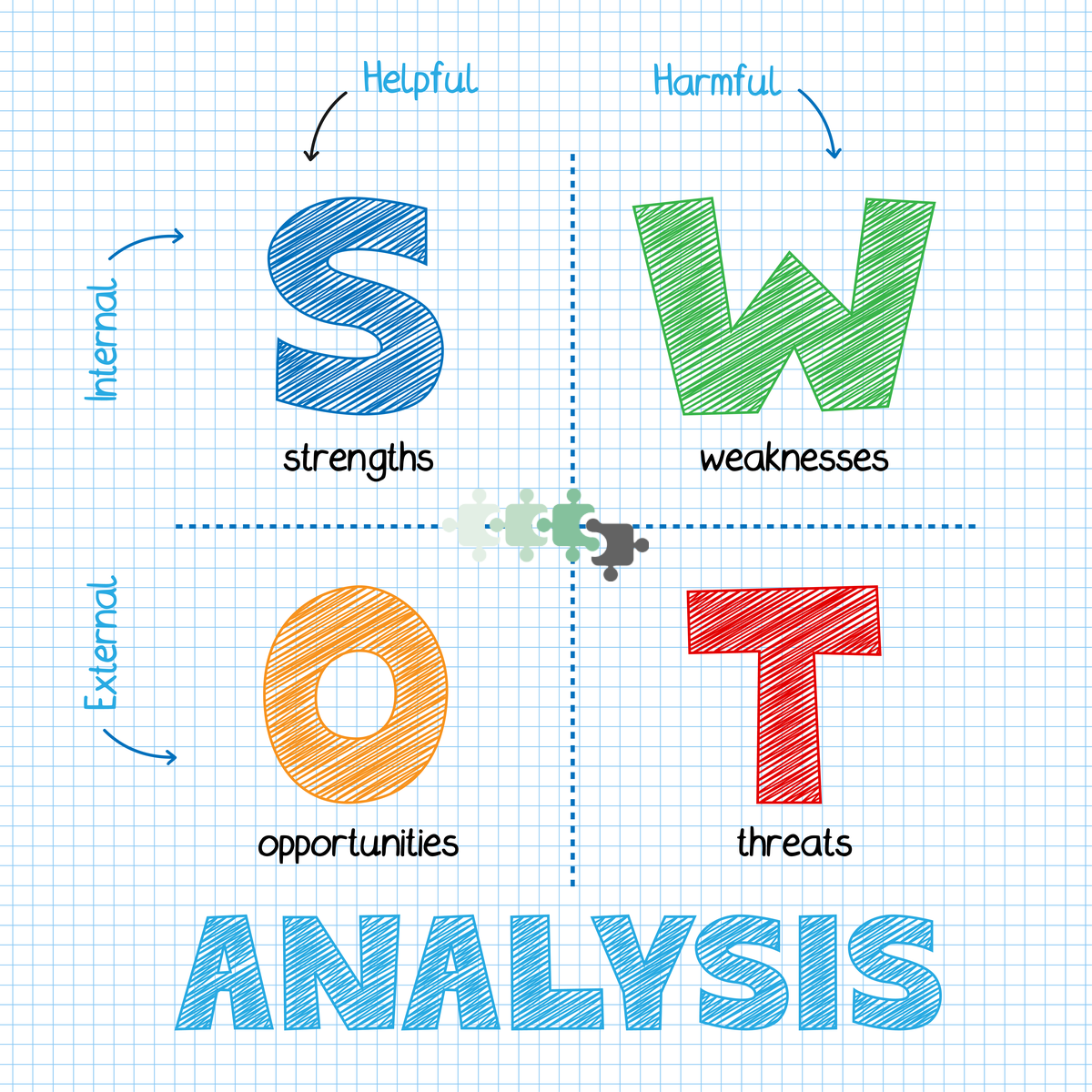3rd Quarter Business Planning Checklist
Planning for Q3 for Your Small Business
The first half of 2024 has flown by! The first half of the year has so many tax, funding, and organizational deadlines that it may seem like that’s where your business’s main planning has to go, right? Not quite. Each quarter brings new tasks for you to complete and keep up with for your business, and preparations for next year are due to start soon. Whether this year is the first your business has opened or the 10th year of operation, quarterly planning is essential for every business to complete to ensure they stay on top of things and give their business the best chance for success.
We at CCS have created a third-quarter checklist to help you and your team stay on top of your business goals, maximize efficiency, and plan for whatever comes your way. Let's get to it!
For this checklist, we’re going to focus on a few things:
Reviewing past quarters
Employee experiences
Current goals
Marketing needs
SWOT Analysis
Review the Previous Quarter.
Take the time to review your business's Q2 statistics. Did you meet all your goals? If not, what did you fall short on? How can these shortcomings be avoided in the next quarter? Were there areas you went above and beyond in? Where was the bulk of your profit coming from? Results from Q2 can help steer your business in the right direction for your Q3 planning.
Talk to employees
Get your employees' input on how things have gone. What has their experience been like working there? According to Forbes, “Organizations that prioritize the employee experience are four times more profitable than those that do not.”, which means their input on the business and how it’s been functioning is a valuable tool to increase success.
Take Note of Your Current Business Goals
The goals of each business will vary depending on a multitude of different factors, so take the time needed to pinpoint what your business needs to focus on.
Take Note of Important Marketing Points
Q3 is especially important for the holiday marketing that starts during it. In our blog titled Navigating the Holiday Season, we discuss how the best time to start planning for the holiday season is around August and September because the trends and statistics for the season tend to be released around Q3. Other aspects of marketing you should plan out are:
Studying consumer trends.
Making a holiday schedule.
Figuring out holiday budgets.
SWOT Analysis
Each quarterly plan should include a SWOT analysis. This analysis reviews multiple different aspects of your business and can help pinpoint where your focus is needed to either continue to see profits and help your business thrive, but also show you where you may need to put more resources in order to fix any issues your business may be having. Your SWOT analysis covers:
Strengths (internal factor)
Where your business succeeds, and what helps your business achieve its goals. Some examples of strengths for your business are:
Reputation- How your community and customers view your business. Your reputation can increase your retention rates and, therefore, increase revenue over time.
Key products- Best-selling products and notable features your business has that make it stand out.
Systems- The systems and processes you have in place to help your business run smoothly. Your process can automate tasks for you, simplify analytics, maximize your efficiency, and keep you organized.
A strong supply chain
Equipment your business uses
Clean and efficient facilities
Weaknesses (internal factor)
These are areas your business is struggling in and need attention. Some examples are:
Weak supply chain
Bad customer service
High cost and low profits
Bad location
High turnover rates
Opportunities (external factor)
These are areas your business can take advantage of in order to improve itself and expand. Some examples of important opportunities to look out for are:
Target Market discoveries
New technology or automation
Discovering new markets or areas where your business can fill the gap
Diversify products/services
Threats (external factor)
These are outside factors that pose a risk to your business one way or another. Some examples are:
Competition
Tight credit market
New taxes and business regulations
Vendor pricing
Market saturation
Trends (additional factor)
Changes in the market, industry, consumer habits, and overall processes (covid-19 and all the changes that came with it). These are outside factors that your business should research over time to make sure you stay on top of what is currently happening so your business can act accordingly.
Your SWOT analysis is a vital tool that you can use whenever you want. We recommend making it a consistent part of your business planning due to the insight it can give you into all aspects of your business.
Additional Business Planning Resources:
Comprehensive Consulting Solutions for Small Businesses is a business consulting firm located in Northwest Arkansas that consults and coaches business owners across the country. We help small businesses with the pieces of their small business puzzle, such as marketing, operations, retention, sales, processes, recruiting, and more. Our founder, Mollie Watkins, is an Accredited Small Business Consultant® – the only one in the state of Arkansas. If your business needs help with a SWOT or has a current or upcoming transition, challenge, or opportunity, call a Small Business Consultant today at 479-935-2488 to schedule your free consultation!


